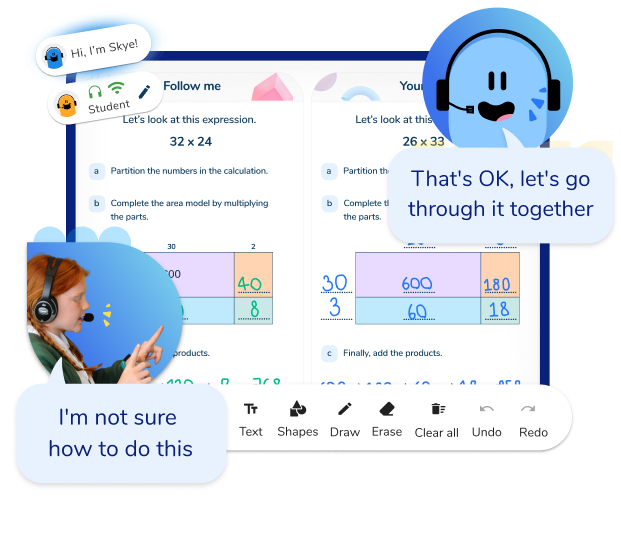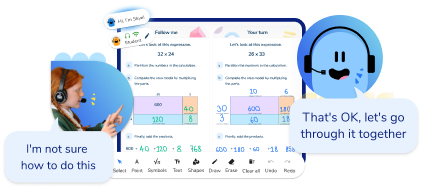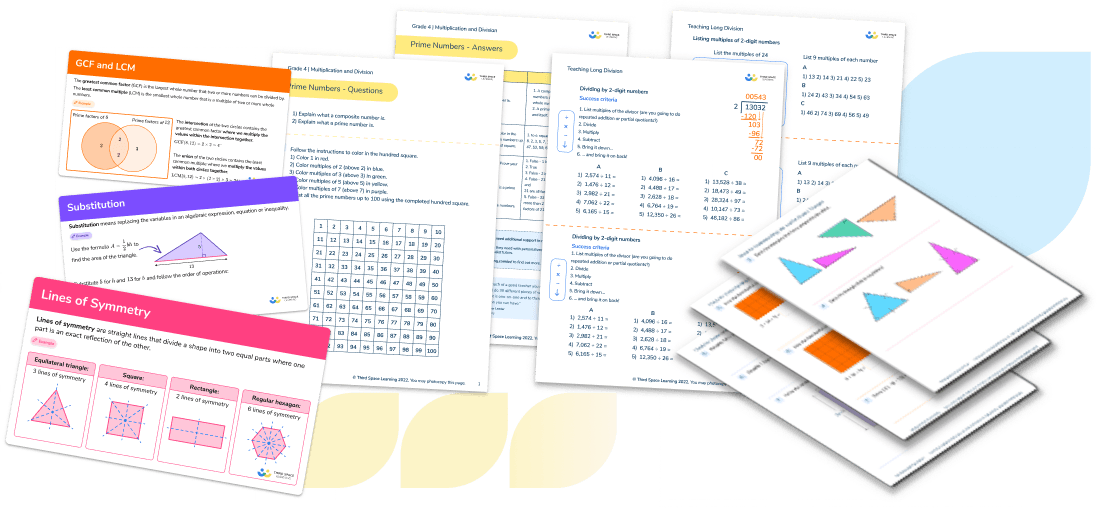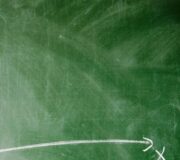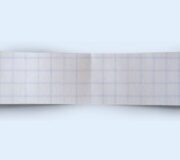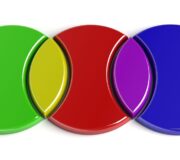What Is The 12-Hour And 24-Hour Clock? Explained For Teachers, Parents And Kids
This article summarizes what elementary school students will be taught about the 12-hour clock and 24-hour clock and provides some “telling the time” questions for children to practice telling digital and analog time on digital and analog clocks.
This blog is part of our series of blogs designed for teachers, schools and parents supporting home learning.
12-hour and 24-hour Time Worksheet
Use this ready-to-use worksheet to help your students understand 12-hour and 24-hour time. Contains over 30 questions and answers on converting between 12-hour and 24 hour time.
Download Free Now!What is the 12-hour clock?
The 12-hour clock is most commonly represented on an analog clock with the numbers 1-12; when shown on a digital clock, it is usually accompanied by a.m. (‘ante meridiem’ – Latin for ‘before midday’) or p.m. (‘post meridiem’ – Latin for ‘after midday’).
What is the 24-hour clock?
The 24-hour clock is more often shown on digital clocks and is written in a 4-digit form, with the first two digits representing the hour and the last two representing the minutes.
There is no need for a.m. or p.m. as each time represents each hour in a 24-hour day. For example, 03:00 = 3rd hour of the day, or 3 am; 14:00 = 14th hour of the day or 2pm; 18:30 = 30 minutes past the 18th hour of the day, or 6:30pm.
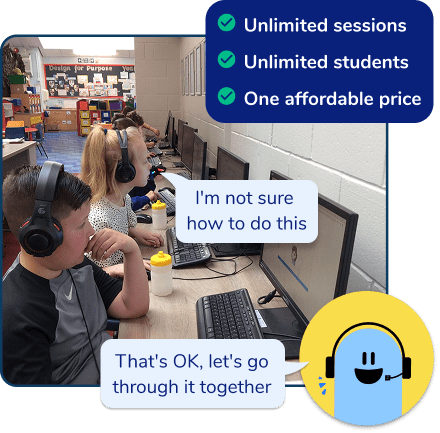
Meet Skye, the voice-based AI tutor making math success possible for every student.
Built by teachers and math experts, Skye uses the same pedagogy, curriculum and lesson structure as our traditional tutoring.
But, with more flexibility and a low cost, schools can scale online math tutoring to support every student who needs it.
Watch Skye in action
How to convert from a 12-hour clock to a 24-hour clock?
To convert from a 12-hour clock to a 24-hour clock, children may be taught to add 12 to the hours after midday, e.g. 3pm becomes 15:00 because 3 + 12 = 15.
| 12-hour clock | 24-hour clock |
| 1am | 01:00 |
| 2am | 02:00 |
| 3am | 03:00 |
| 4am | 04:00 |
| 5am | 05:00 |
| 6am | 06:00 |
| 7am | 07:00 |
| 8am | 08:00 |
| 9am | 09:00 |
| 10am | 10:00 |
| 11am | 11:00 |
| 12pm | 12:00 |
| 1pm | 13:00 |
| 2pm | 14:00 |
| 3pm | 15:00 |
| 4pm | 16:00 |
| 5pm | 17:00 |
| 6pm | 18:00 |
| 7pm | 19:00 |
| 8pm | 20:00 |
| 9pm | 21:00 |
| 10pm | 22:00 |
| 11pm | 23:00 |
| 12am | 00:00 |
When do children learn about the 12-hour and 24-hour clock in elementary school?
12-hour and 24-hour clock in 1st – 4th grades.
1st grade students will learn to tell the time to the hour and half past the hour using analog and digital clocks.
Children’s learning of time is continued into second grade, where they will tell and write the time from analog and digital clocks, to the nearest 5 minutes, using a.m. and p.m.
By the time your child is in 3rd grade, they are expected to tell and write time to the nearest minute and measure time intervals in minutes. They will learn to represent intervals of time by using number lines. This continues into 4th grade.
There are no specific objectives about time in past 4th grade.
How do the 12- and 24-hour clocks relate to other areas of math?
Children are sometimes required to read and interpret timetables (such as timings of a school day, or a bus timetable) which will often use timings either written in the 12- or 24-hour clock.
12-hour clock & 24-hour clock worksheet questions
1. What time does this clock show?
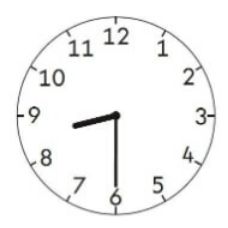
(Answer: 8:30)
2. Lily says: ‘On my clock face, the big hand is on the 4 and the little hand is between the 8 and the 9’. What is the time on Lily’s clock face?
(Answer: 20 past 8)
3. Toby went to study at 7pm. He finished one hour later. What time did he finish? Give your answer using digital 24-hour clock time.
(Answer: 20:00h)
4. These are all times on the same morning.
A: 7:56 am
B: quarter to eight
C: six minutes to eight
D: half past seven
Write the letters for the times in order, starting with the earliest.
(Answer: D, B, C, A)
5. A clock shows this time twice a day.
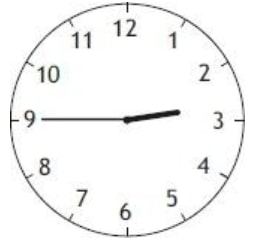
Tick the two digital clocks that show this time:
A: 03:45
B: 02:45
C: 09:45
D: 21:45
E: 14:45
(Answer: B and E)
12 pm in the 24-hour clock is 12:00.
The 24-hour clock is also called railway/railroad time, military time and continental time.
The 12-hour clock runs from 1am to noon and then from 1pm to midnight. The 24-hour clock runs from 00:00 (midnight) to 23:59.
If a child is struggling then this article on telling the time breaks down step by step a method for teaching time at the lower elementary grades.
Do you have students who need extra support in math?
Give your students more opportunities to consolidate learning and practice skills through personalized math tutoring with their own dedicated online math tutor.
Each student receives differentiated instruction designed to close their individual learning gaps, and scaffolded learning ensures every student learns at the right pace. Lessons are aligned with your state’s standards and assessments, plus you’ll receive regular reports every step of the way.
Personalized one-on-one math tutoring programs are available for:
– 2nd grade tutoring
– 3rd grade tutoring
– 4th grade tutoring
– 5th grade tutoring
– 6th grade tutoring
– 7th grade tutoring
– 8th grade tutoring
Why not learn more about how it works?
Meet Skye, our AI voice tutor. Built on over a decade of tutoring expertise, Skye uses the same proven pedagogy and curriculum as our traditional tutoring to close learning gaps and accelerate progress. Watch a clip of Skye’s AI math tutoring in action.
The content in this article was originally written by primary school teacher Sophie Barlett and has since been revised and adapted for US schools by elementary math teacher Christi Kulesza
